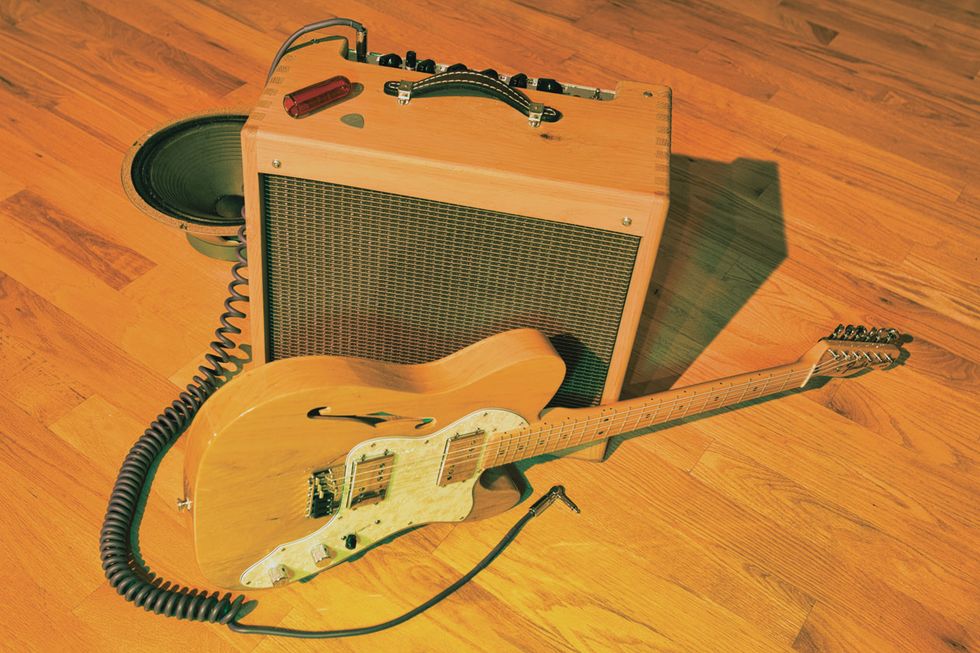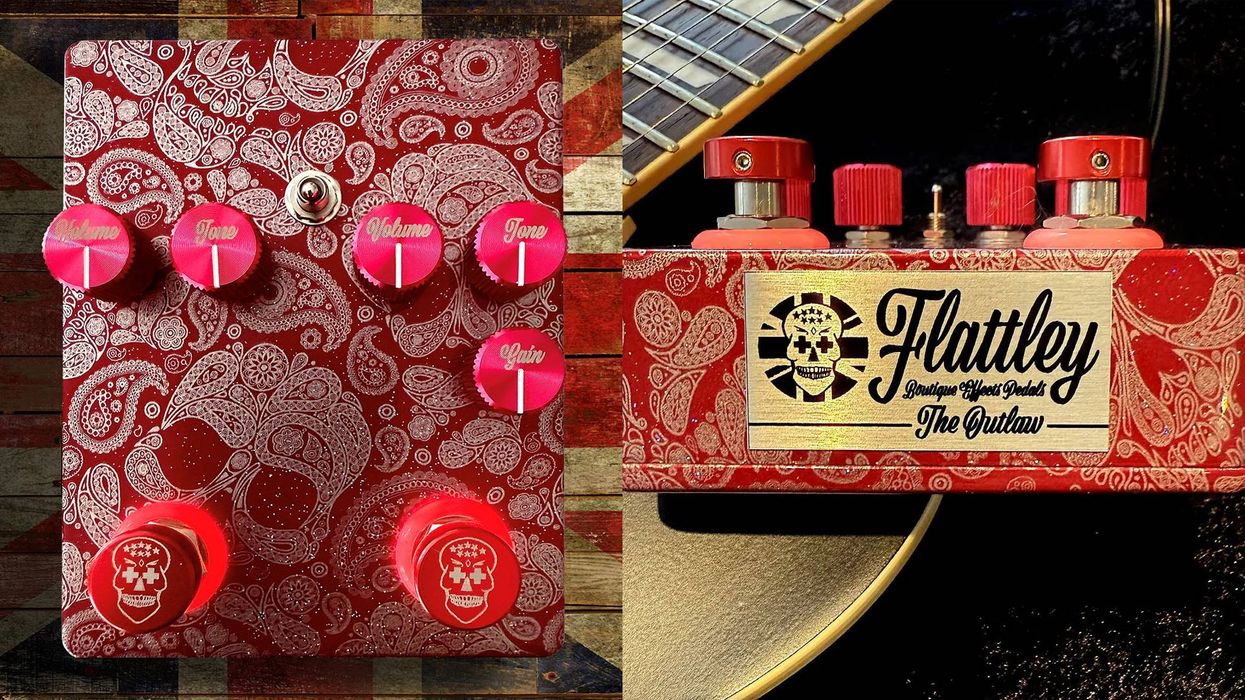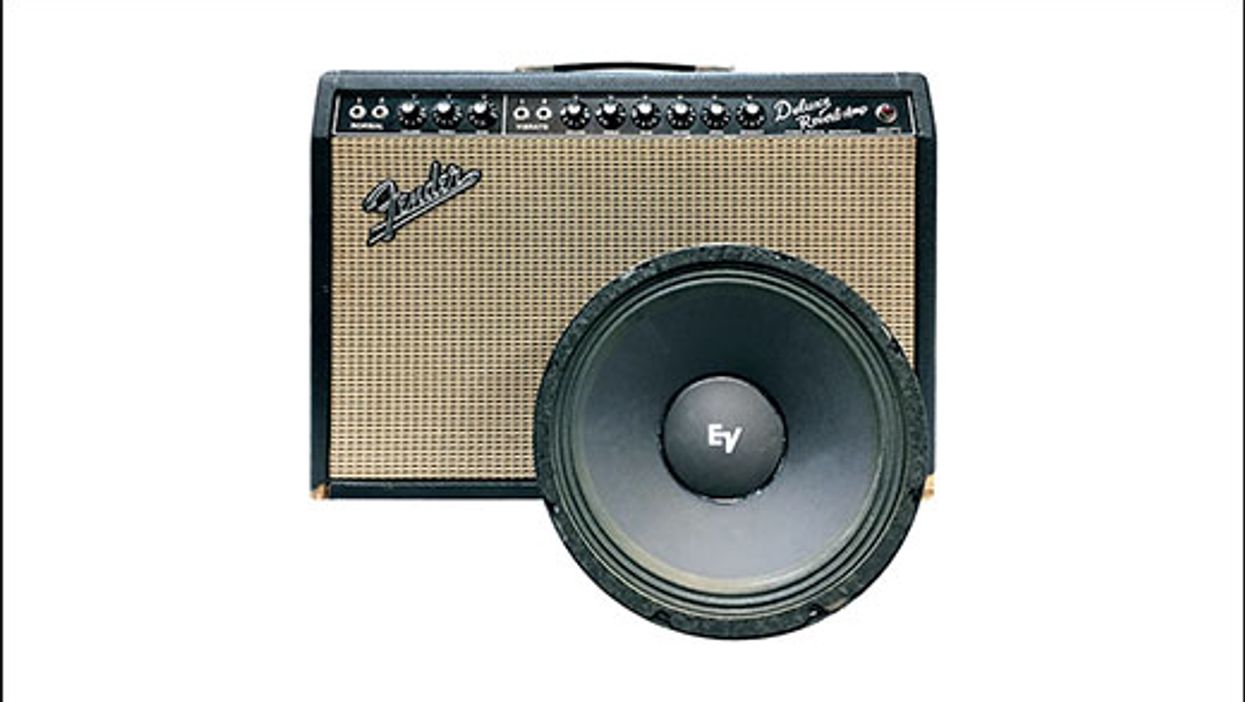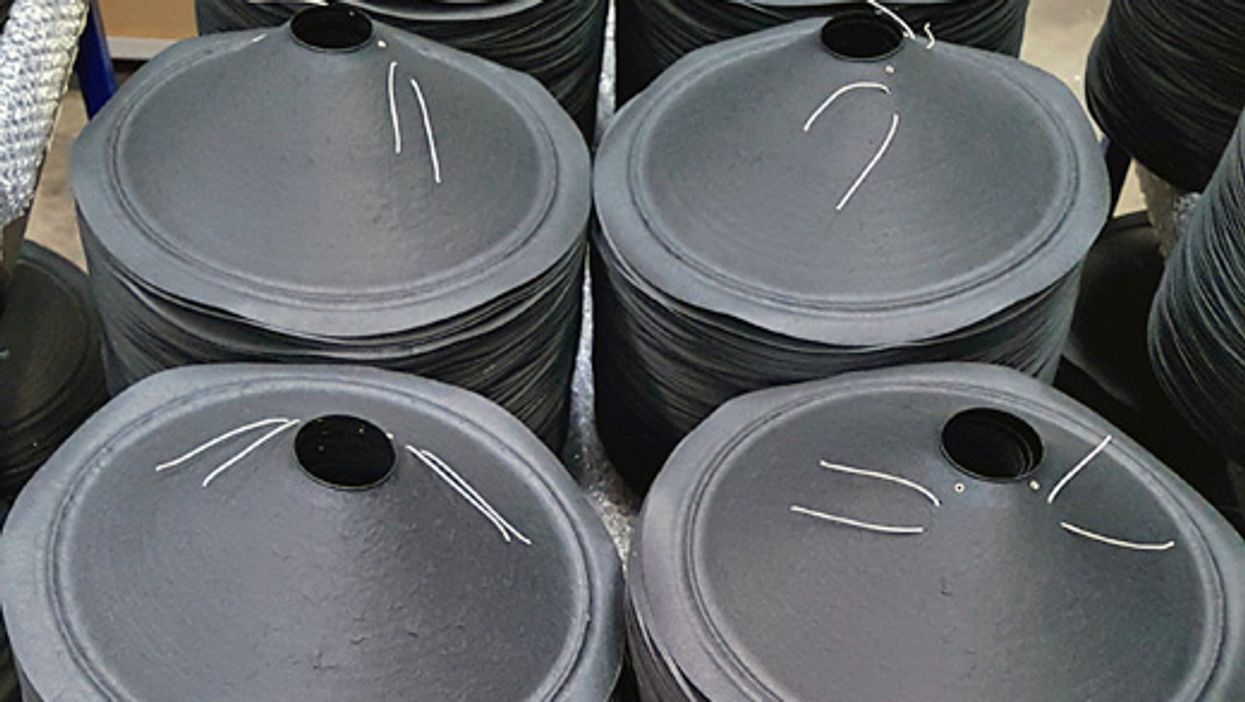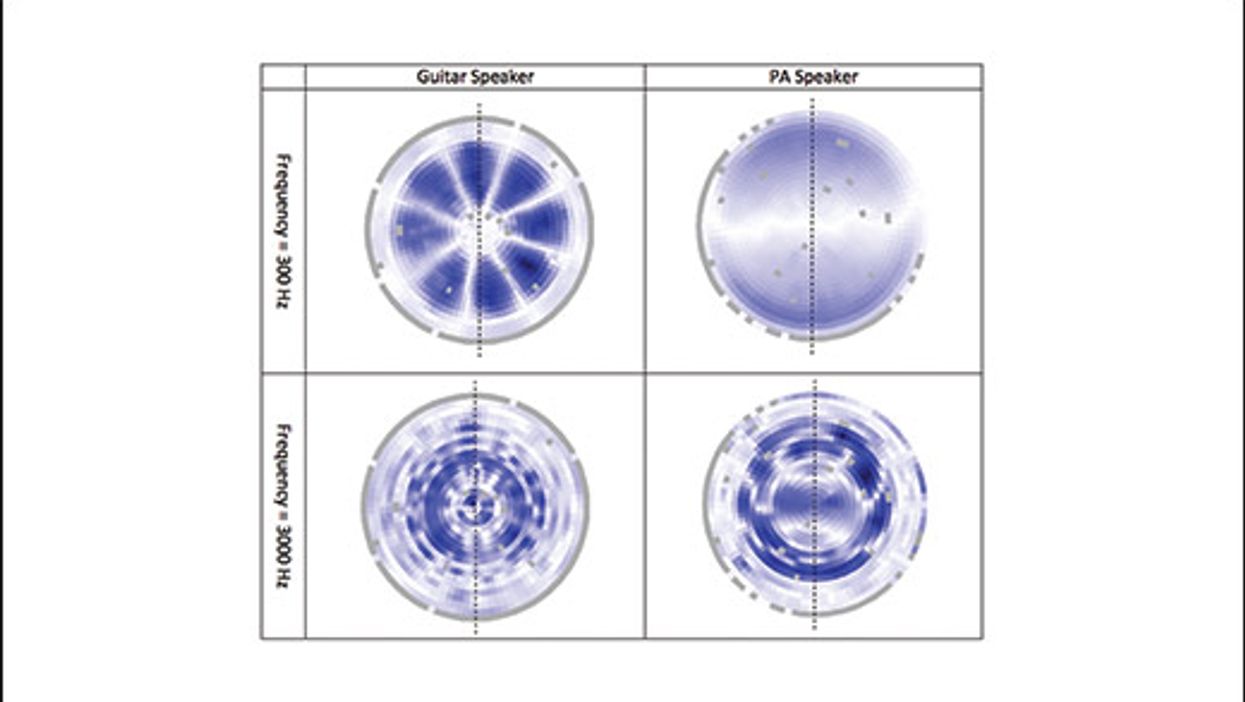Think about the last time you bought a new pair of shoes. When trying them on in the store, you probably thought, “These feel pretty good, but I bet they’ll feel amazing once I get them broken in.” So you bought the shoes and wore them every chance you could. Eventually they folded and creased in all the right spots to conform to the shape of your foot.
Now think about the last time you bought a new speaker. Maybe you tried it out, but didn’t immediately like it. Or perhaps you’ve never bought a new speaker and are hesitant to do so because you’re not sure what to expect. All right, what’s the connection between speakers and shoes? The answer is simple: Just like footwear, new speakers need to be broken in. If you didn’t know that, you’re not alone. Many guitarists don’t realize that new speakers need time to break in before they reach their ultimate tonal potential.
Before we can understand why this is necessary, we must understand what needs to be broken in. There are two main parts to consider: the cone and the spider. You probably know what the cone is, but may not be familiar with the term spider. The cone connects to the front of the voice coil. The spider is the term for the suspension that attaches the rear of the coil to the frame. (To see an exploded diagram of a speaker, check out “Alnico or Ceramic … What Gives?”)
For a speaker to function, the voice coil, cone, and spider must all move in and out as one piece. The electric signal from your amplifier causes the voice coil to move back and forth, creating an electromagnetic motor. The spider holds the voice coil in place, and the cone projects the sound outward.
The cone is traditionally made of paper, while the spider is usually a mesh-like material that has been formed into a specific shape. When brand new, these two components are very stiff, and this affects the speaker’s sound right out of the box. This stiffness can create a bit more high-end fizz and somewhat strangled lows, or very little highs and unfocused lows.
The part of the cone where the most movement takes place is the outer edge, or surround. This is the primary focus of speaker break-in, as this is where the most physical change will occur. It’s not a change you can readily see, but relates to microscopic breaks in the paper fibers. This occurs to a lesser extent in the spider, but the main emphasis is on the surround.
So how do you break in a speaker? Players and techs use many methods, though it all amounts to the same thing—getting the cone to move, which causes those creases and breaks to happen. This process necessarily takes time, our most precious commodity, which explains why some folks run recorded music through a speaker, while others use a Variac to send a 60-cycle hum into it. Some folks chemically “age” their cone with fabric softener (though that seems like cheating to me).
Personally, I don’t care for any of these methods. I like the good old-fashioned approach—simply playing guitar. It makes sense to feed a speaker the same frequencies it will receive in the future, and the variability in your playing won’t cause the same heat buildup as a Variac. The break-in period depends on the speaker and how it’s designed. To get a speaker mostly broken in, I recommend playing through it at a moderate volume for 12 to 20 hours—but it could even take 50. As the creases work into the cone, the unwanted fizz or strangled sound will diminish or disappear, and the speaker gets a little louder.
Sure, a speaker might not sound exactly like you want at first, but it will only get better and better the more you play it—just like those new shoes once you wear them for a while. Best of all, this “play it in” approach gives you a reason to practice—something I always encourage.
